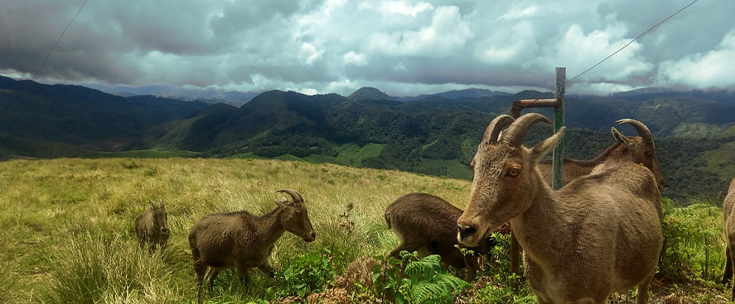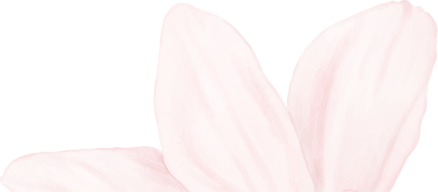
Eravikulam National Park is spread over an extensive area of 97 sq km along the crest of Western Ghats in the high ranges of Idukki district. The park is located 23 km away from Blanket Hotel and Spa. This national park holds the largest viable population of Tahr, several other species of rare animals, birds, and butterflies. The tourism zone will be closed in the calving season during Feb–March every year. The park offers a magnificent view of the tea plantations and also of the rolling hills caressed by the mist. The park becomes a hot destination when the hill slopes get covered in a carpet of blue, resulting from the flowering of Neelakurinji. It is a plant endemic to this part of the Western Ghats which blooms once in twelve years.
Perched in the misty hills of Idukki, Kerala, Eravikulam National Park is more than a breathtaking destination — it’s a living chronicle of exploration, ambition, and the triumph of conservation. Declared Kerala’s first national park on 19 May 1978, Eravikulam’s story is one of remarkable transformation, from colonial hunting ground to a sanctuary for the endangered Nilgiri Tahr.
Long before its conservation fame, Eravikulam — also known as Hamilton’s Plateau — captivated early explorers. In 1854, Colonel D. Hamilton described its deeply carved valleys, massive peaks, and towering crags as “surpassingly grand and incomparably beautiful.” By 1877, British officer John Daniel Munro secured a land concession from the Poonjar Raja, opening the high ranges to planters. That same year, Henry Gribble Turner and A.W. Turner, guided by the indigenous Mudhuvan tribe, scaled the mighty Anamudi Peak.
Despite efforts to cultivate cinchona, coffee, sisal, and tea, the rugged plateau resisted agriculture. By 1879, planters had formed the North Travancore Land Planting and Agricultural Society, but the land’s commercial prospects remained limited. Ironically, this failure preserved Eravikulam’s pristine beauty. The Kanan Devan Hills Produce Company (KDHP) eventually designated it as a private game reserve, ensuring its rugged grasslands and wildlife remained intact.
The Eravikulam plateau turned out to be the perfect refuge for the Nilgiri Tahr, a sure-footed mountain goat endemic to the Western Ghats. By 1936, the Rajamalai region — including Anamudi — had been declared a sanctuary, with hunting strictly regulated. The High Range Game Preservation Association (HRGPA) managed the area, employing Mudhuvan tribespeople as game guards.
Hunting permits were limited to one or two mature “saddleback” males each year — a controversial policy that, paradoxically, helped maintain a thriving herd of over 600 tahrs. Naturalist J.C. Daniel of the Bombay Natural History Society lauded KDHP’s stewardship in 1970. By the early 1970s, the Eravikulam plateau faced an uncertain future.
Under the Kannan Devan Hills Act of 1971, unused plantation land was to be redistributed to the landless. Conservationists feared this would fragment the tahr’s habitat. Their efforts gained momentum when Prime Minister Indira Gandhi and Kerala’s Chief Minister intervened. In 1975, the government declared the region the Eravikulam-Rajamala Wildlife Sanctuary. Just three years later, on 19 May 1978, Eravikulam was elevated to the status of a National Park.
Today, Eravikulam spans 92 sq. km, its rolling plateau rising 2,000 meters above sea level. The park is a mosaic of high-altitude grasslands, shola forests, and shrublands. Dominating the horizon is Anamudi (2,695 m), the highest peak in South India. The park’s streams feed tributaries of the Pambar, Periyar, and Chalakudy rivers. Eravikulam reopens to visitors on 1 April each year after the tahr calving season.
Eravikulam’s tale is as dramatic as its cliffs and valleys. What began as a colonial outpost for hunting and plantations became a haven for biodiversity through foresight and determined advocacy. Today, standing amidst its windswept grasslands, watching Nilgiri Tahrs navigate sheer rock faces, or waiting for the Neelakurinji to bloom, visitors witness not just a park but the enduring spirit of conservation in Kerala’s high ranges.Eravikulam National Park is more than a destination — it’s a reminder that nature’s most fragile wonders can thrive when vision meets resolve.
